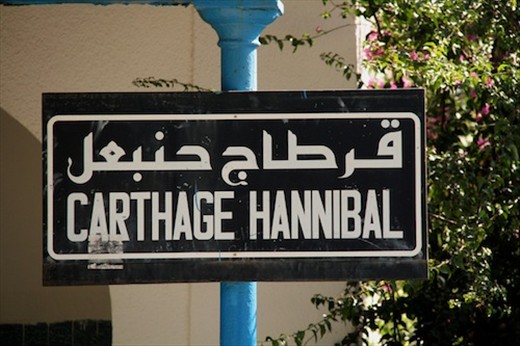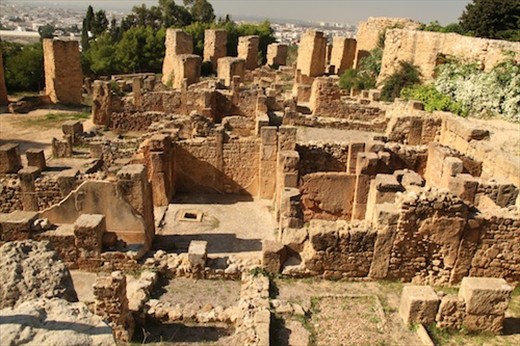Phoenician Carthage was the economic hub of the western Mediterranean in the 1st Millennium, BC. Carthage was also a perpetual tweak of the empirical Roman nose. When Rome had had enough, it exercised its military might and the Punic Wars were on. All three of them.

Gone but not forgotten
Carthage's favorite son and golden boy, Hannibal, took exception and replied with one of history's most famous military campaigns. Roman legions literally "saw the elephant" as Hannibal coaxed his war elephants over the Alps and into Italy. Despite the young Carthaginian's brilliance, Rome prevailed and put Carthage out of business. Permanently. A century later Carthage reopened for business, now under Roman management.

Punic Quarter
Roman world domination declined and fell and Carthage changed hands in much the same way the rest of the Empire did: first the Visigoths followed by the Arabs and Islam. Then came the Ottomans and finally the French colonials. Each left their mark on today's Tunis. We learned all this at the Carthage Museum complex, a pleasant tram ride from central Tunis. The museum sits on a hill with views of Tunis and the Mediterranean and includes artifacts from the good old days.